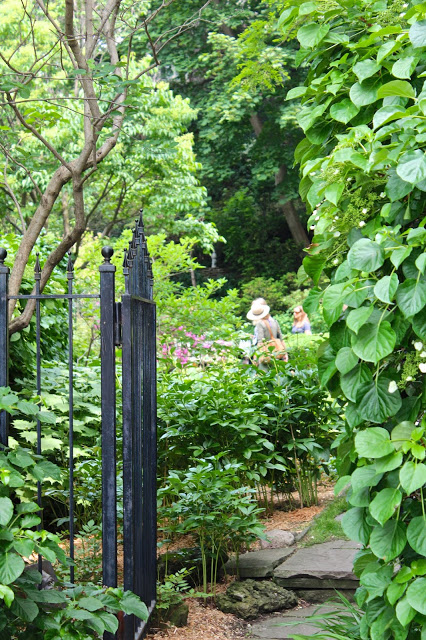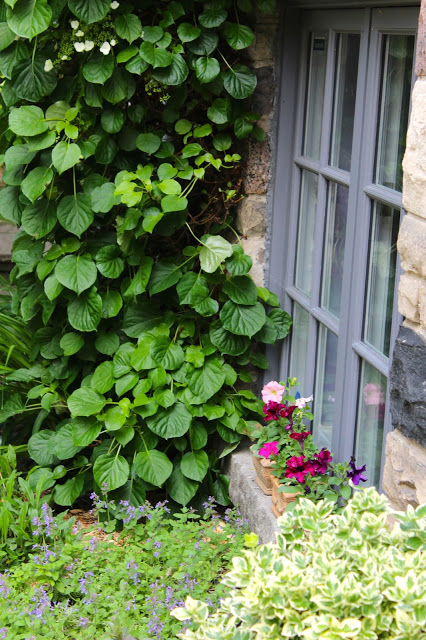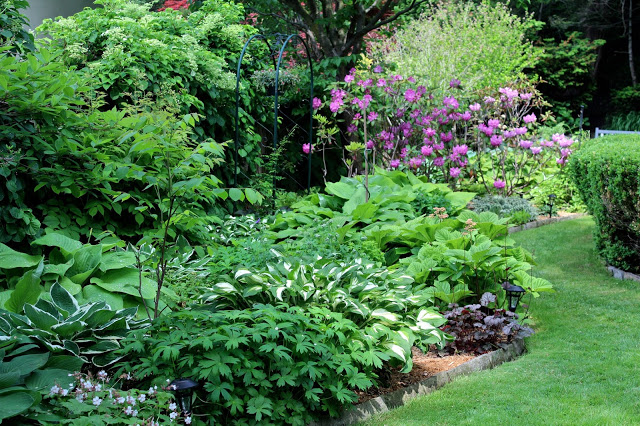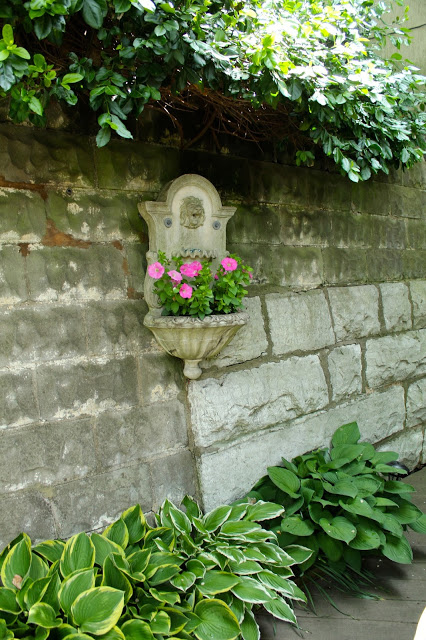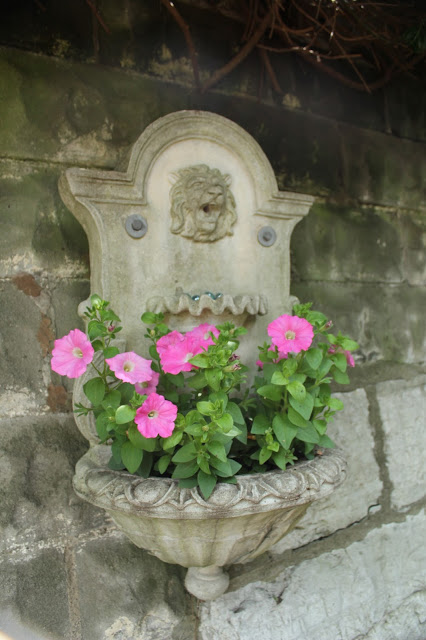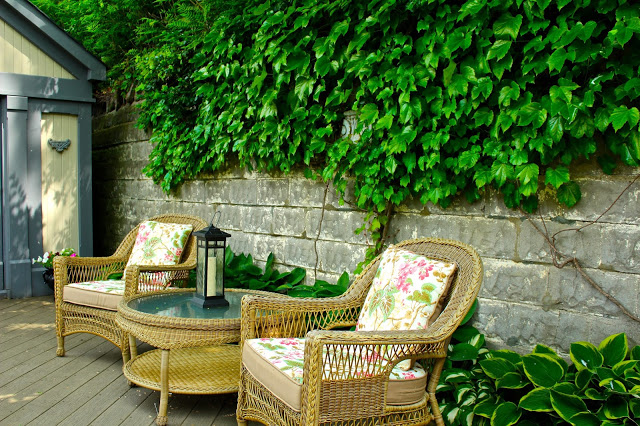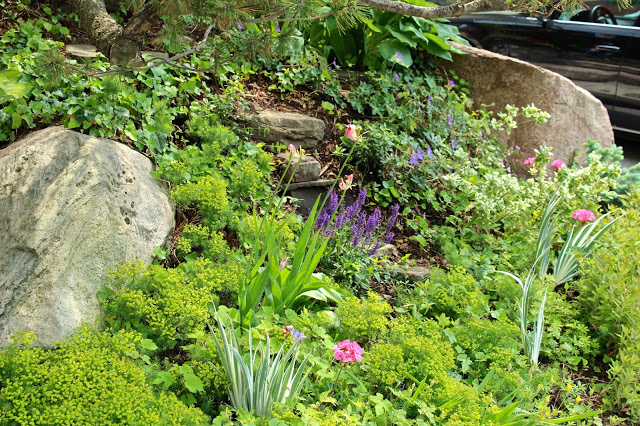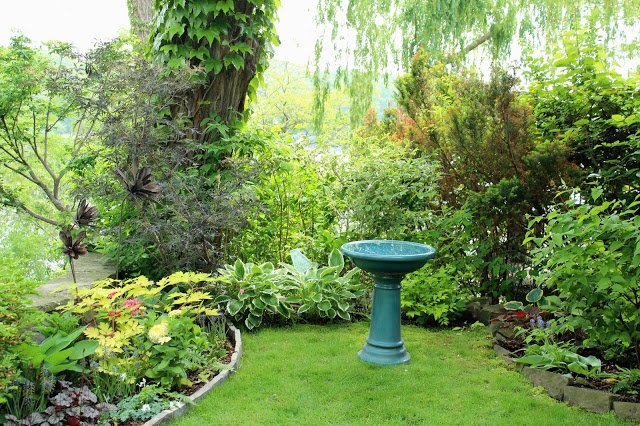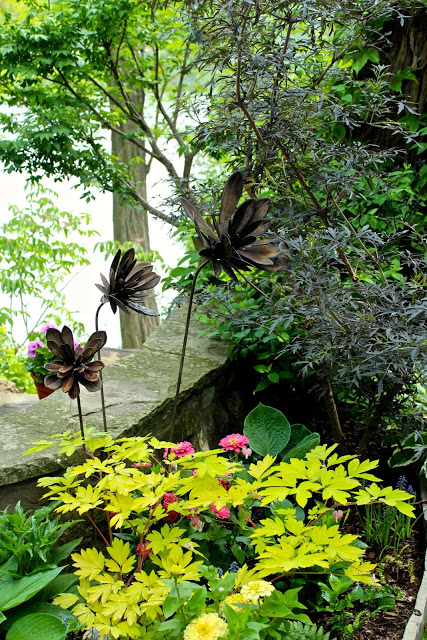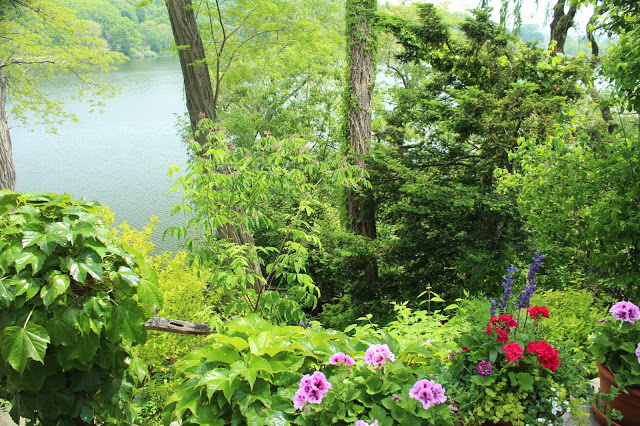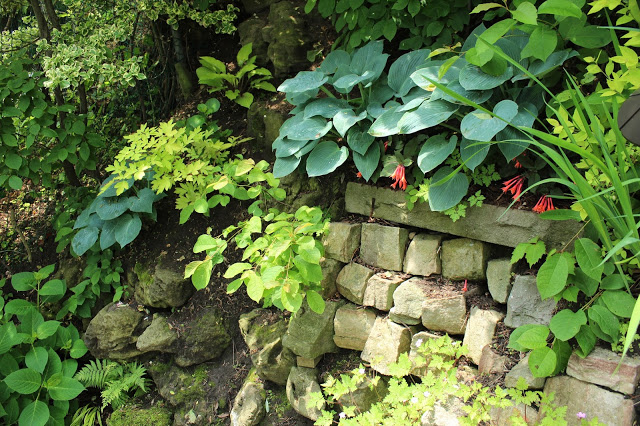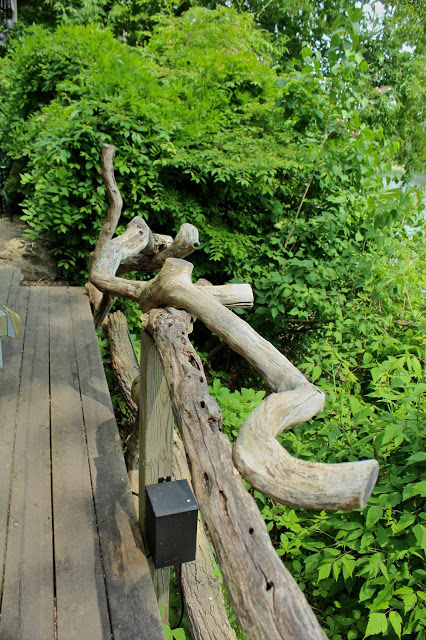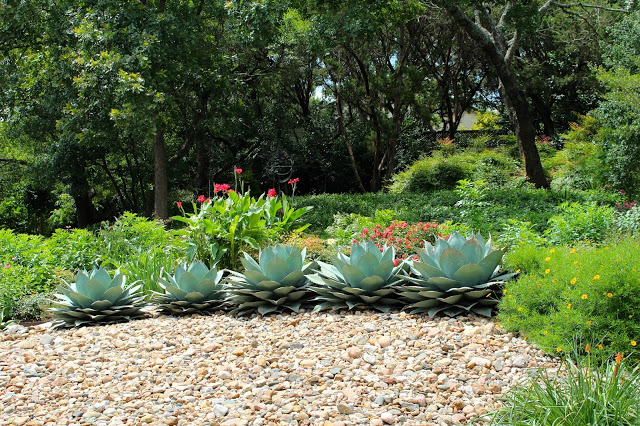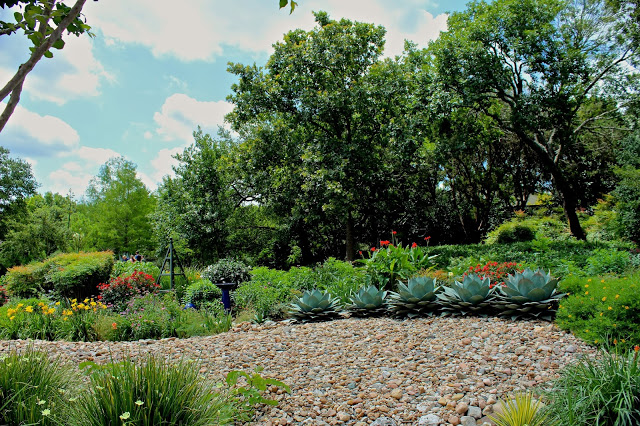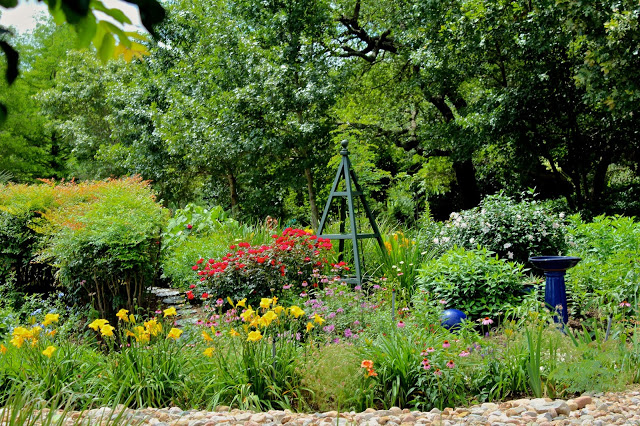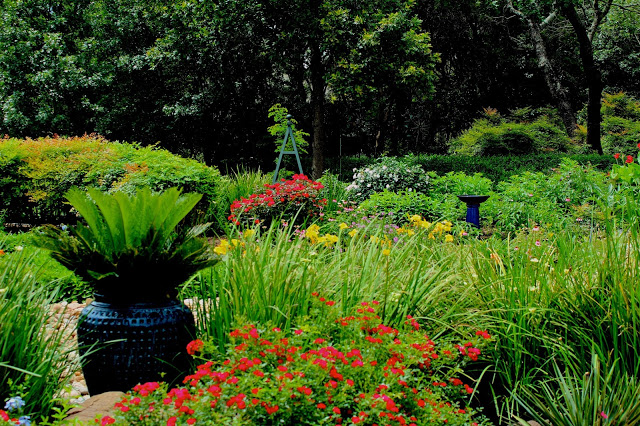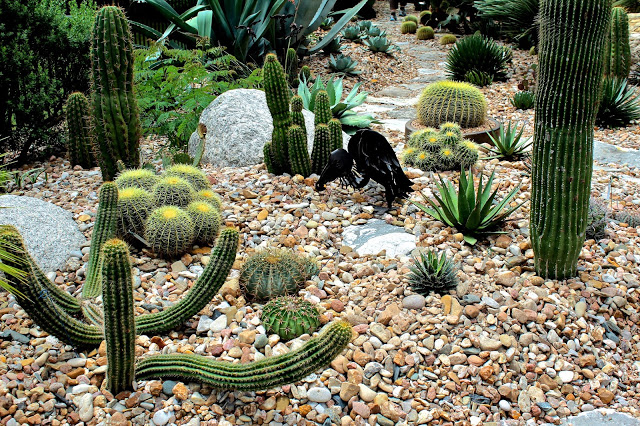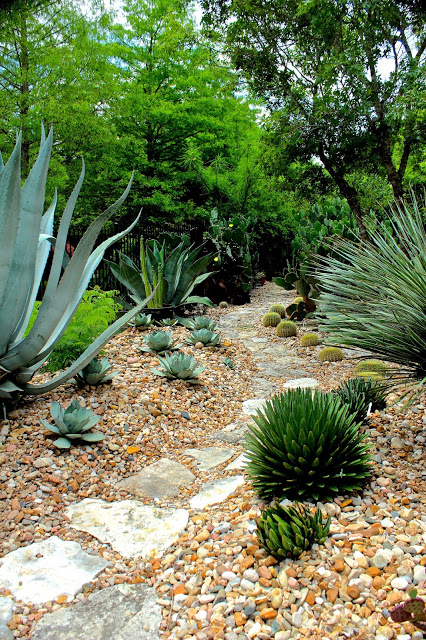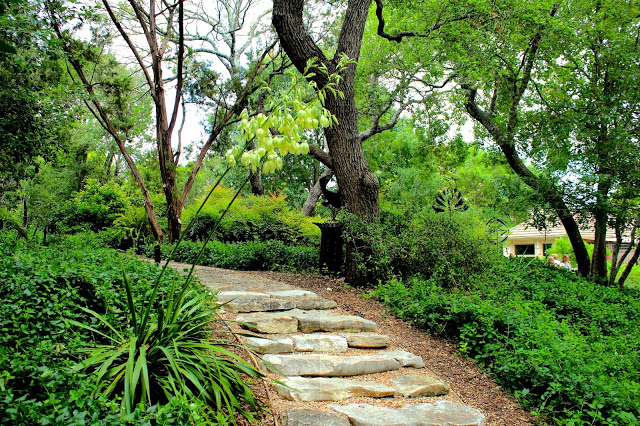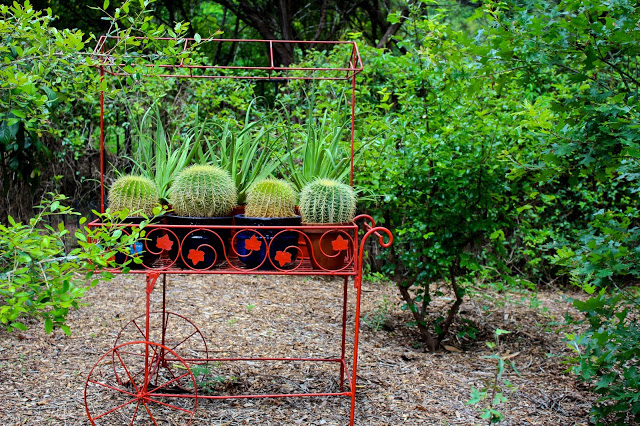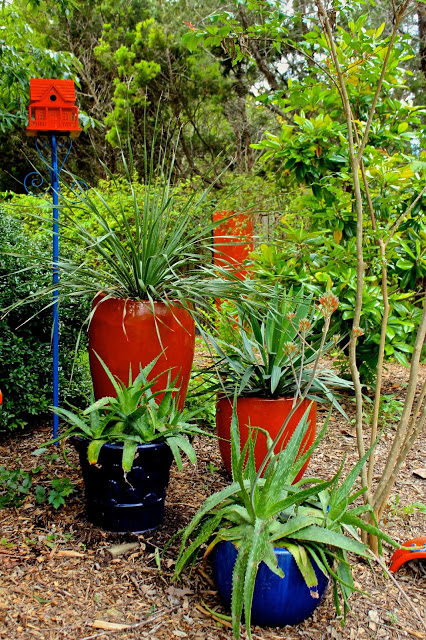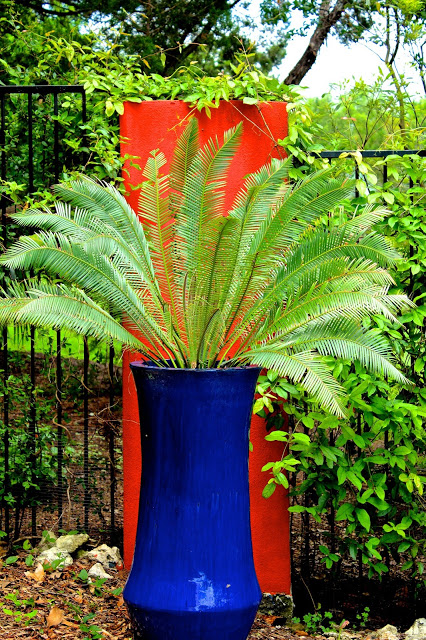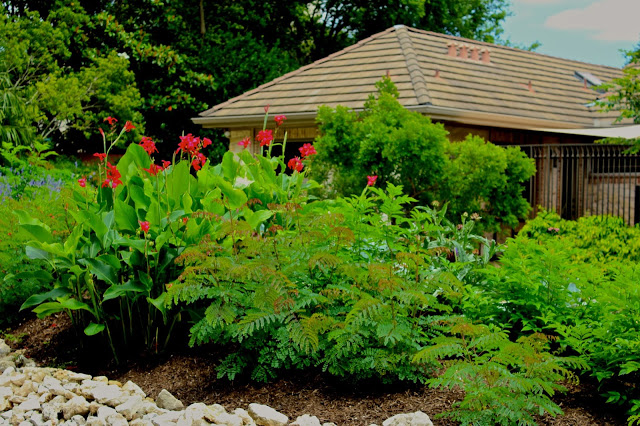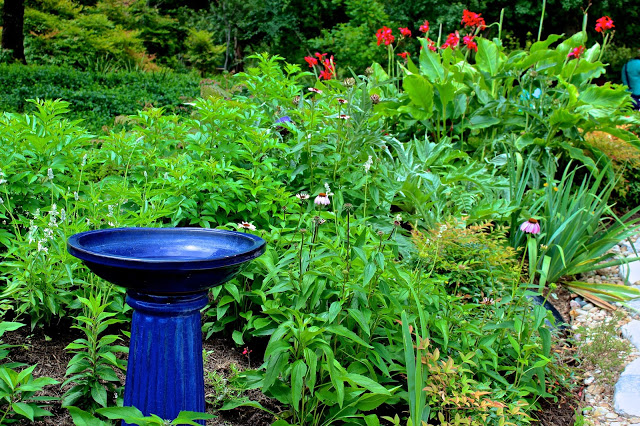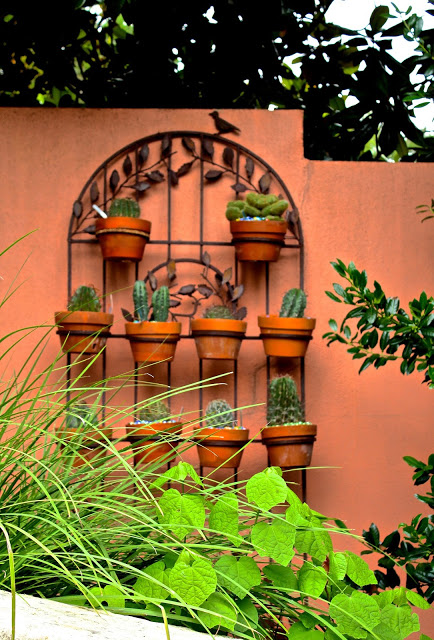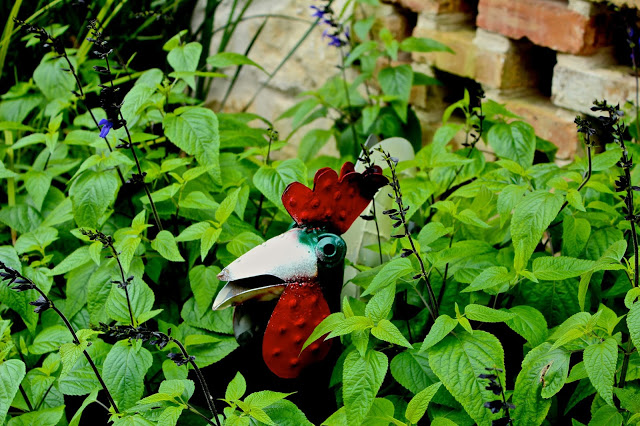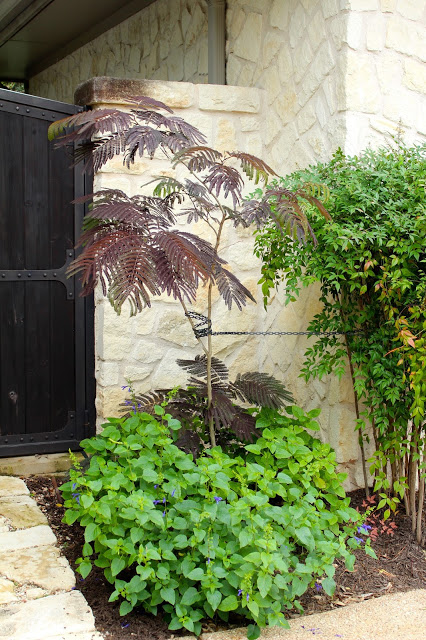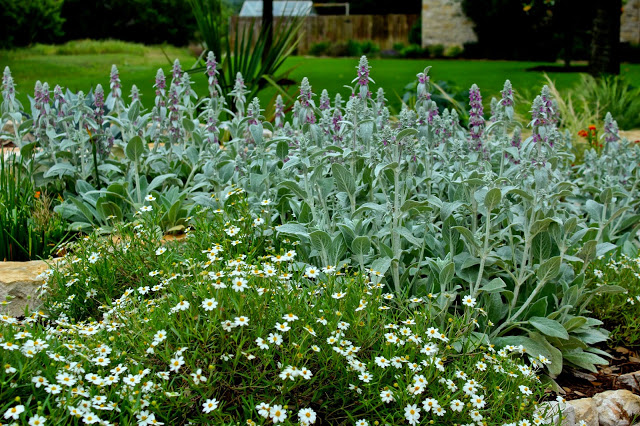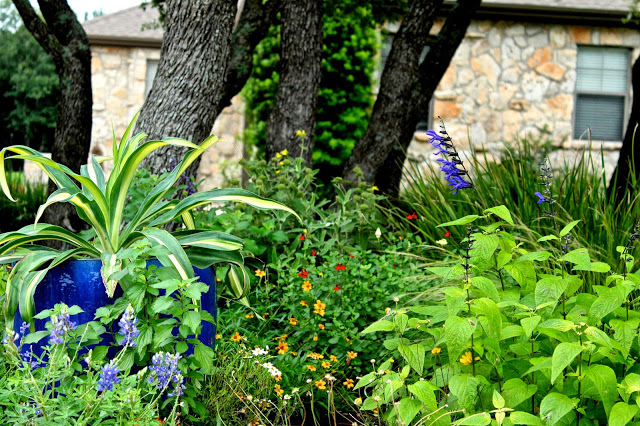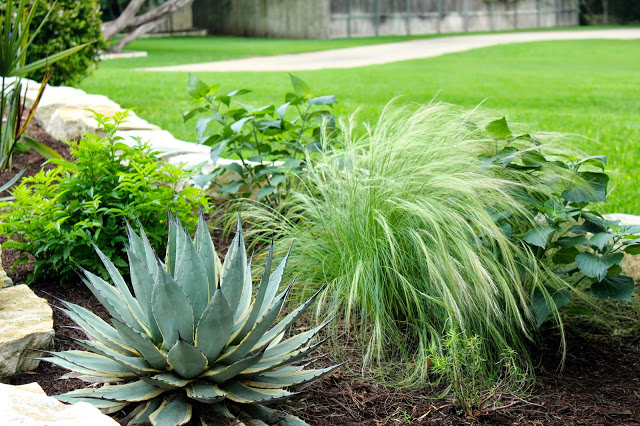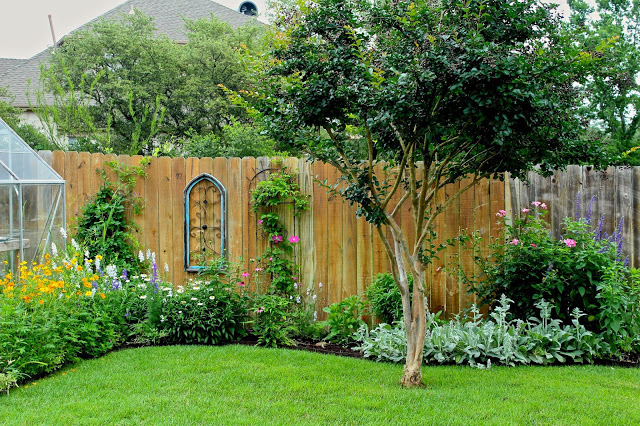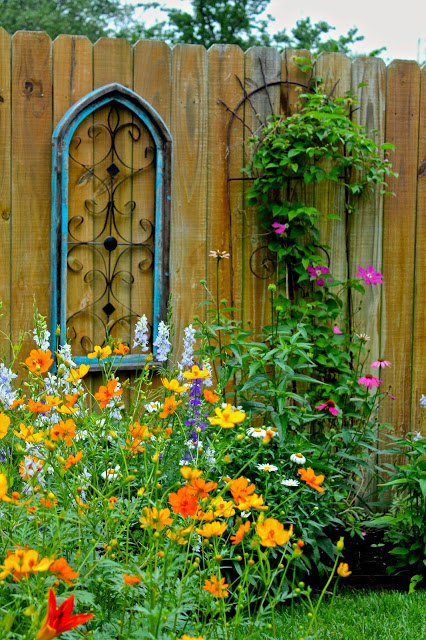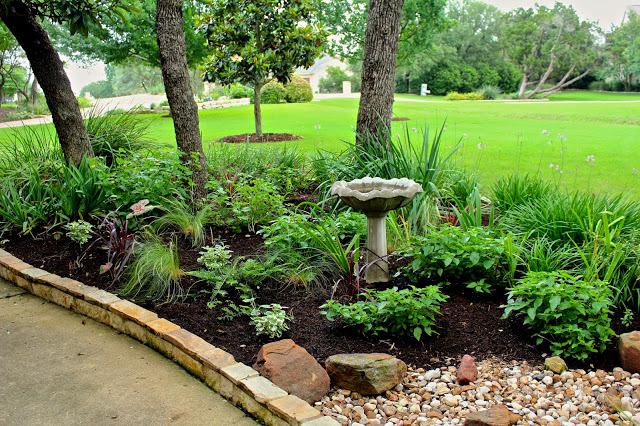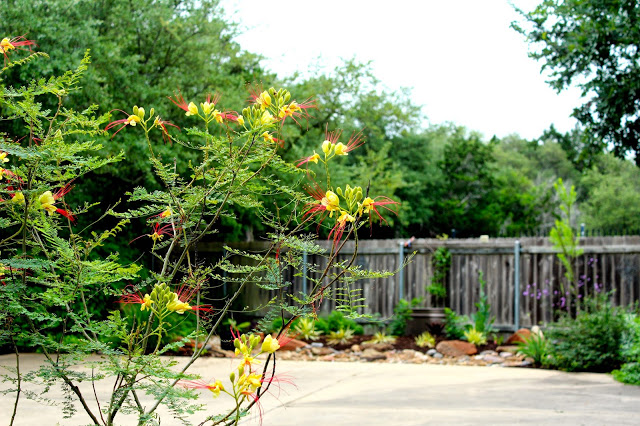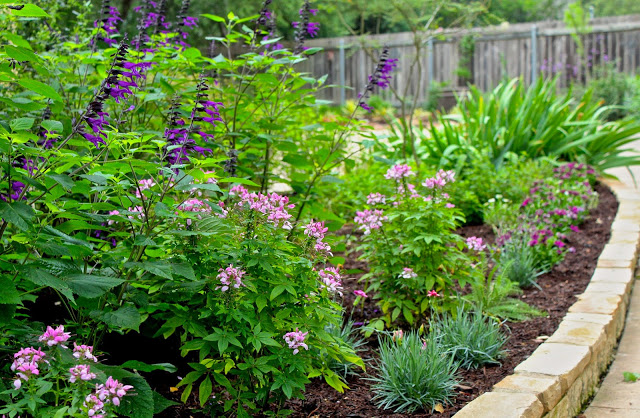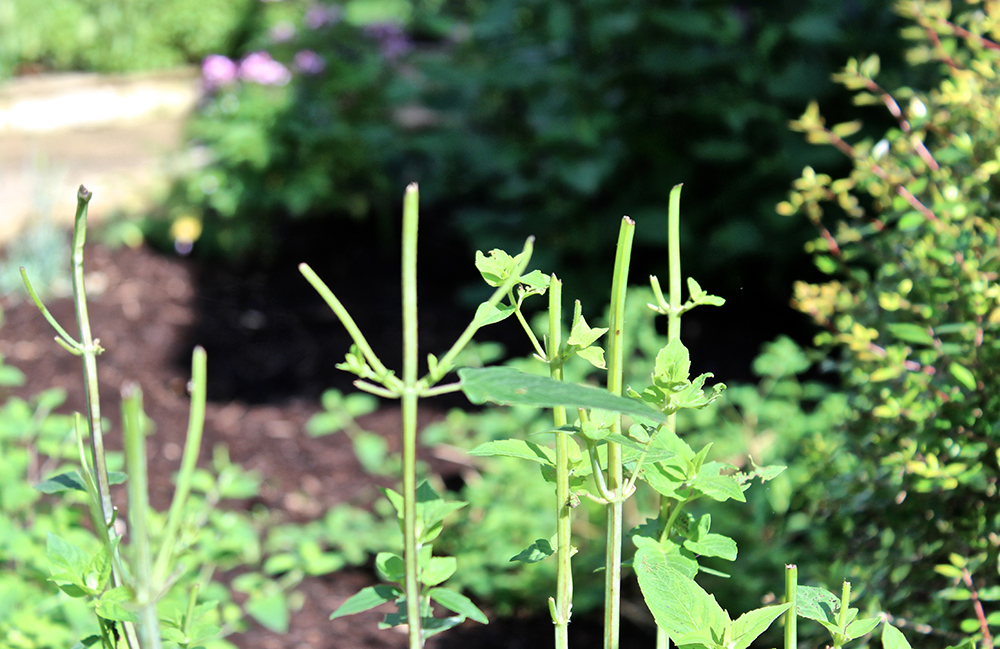June tip: mixing and matching plants by water needs
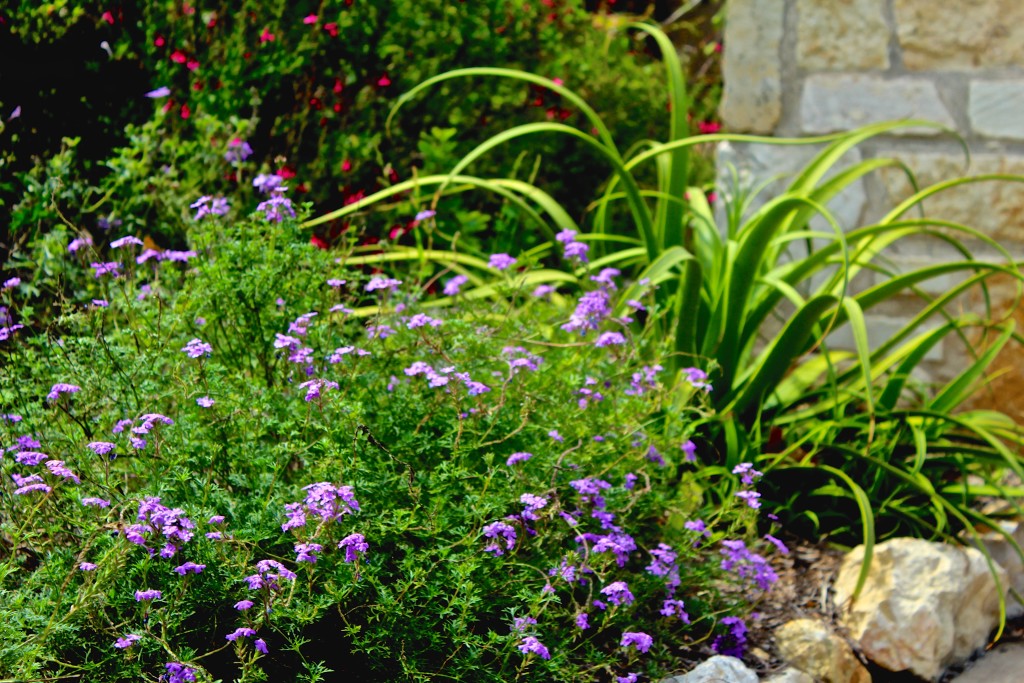 Most of the gardeners I talk to are eager to conserve water and to lighten their landscape maintenance load as they simplify their lifestyles.
Most of the gardeners I talk to are eager to conserve water and to lighten their landscape maintenance load as they simplify their lifestyles.
It all starts with planning. There are so many ways to organize plants in your landscape – by color, by style, by size, by design element. However, grouping plants by water needs should top the list when you’re building a new bed or trying to update your landscape. Planting water-wise grasses in a bed with thirsty annuals will inevitably lead to unhappy plants unless you are committed to hand watering each of the thirsty plants individually.
Grouping shrubs and perennials and annuals into water use zones will help you use only the water you need for those specific areas. For example, I have many full sun, drought tolerant beds with plants that have low water needs. But I also have a shade bed with plants that need just a little more H2O, so I give them an extra hand watering once in a while – to keep my water use to a minimum and to target the plants directly.

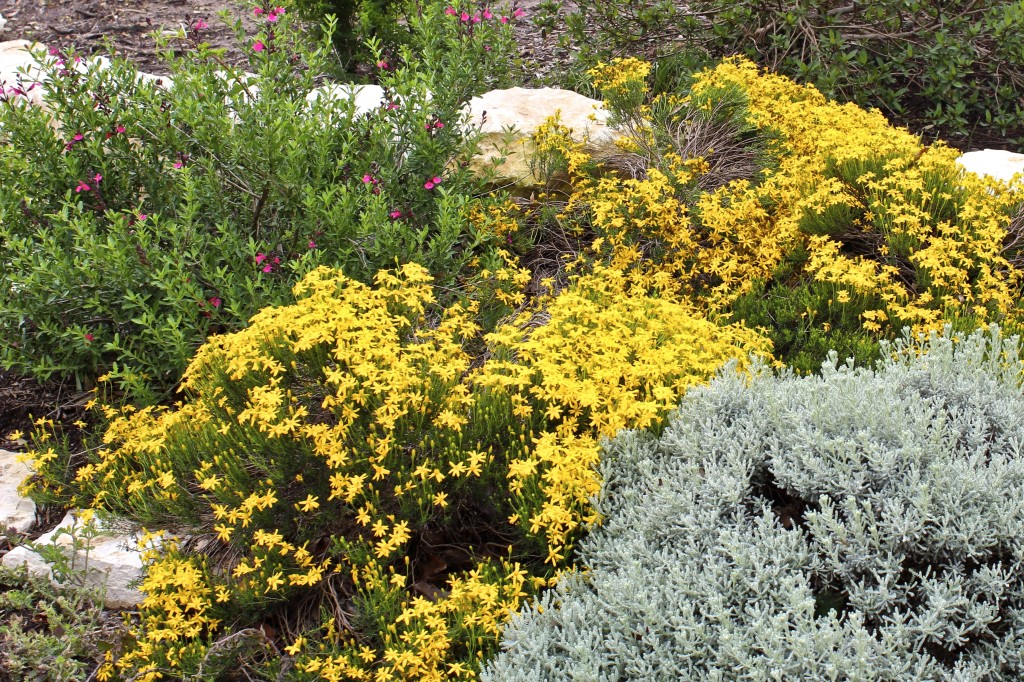 When writing about gardening in Central Texas, I routinely include tips for dealing with extreme heat and drought. Lately, however, I find myself focused on how to deal with rain – and lots of it. It may be an El Niño year this year, but the shortage of water has been an age-old problem and is likely to remain an ongoing issue in Texas.
When writing about gardening in Central Texas, I routinely include tips for dealing with extreme heat and drought. Lately, however, I find myself focused on how to deal with rain – and lots of it. It may be an El Niño year this year, but the shortage of water has been an age-old problem and is likely to remain an ongoing issue in Texas.